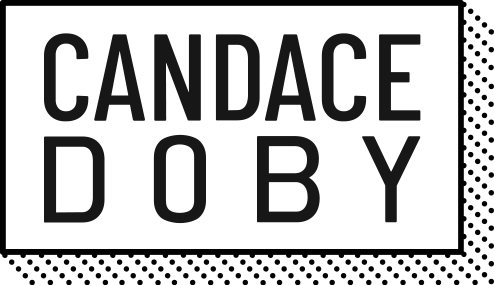I recently worked with a coaching client who wanted the courage to break up with perfectionism — a drive toward flawlessness that has increased among young adults by 32% over the last three decades.
Throughout her career, perfectionism led her to pull long hours, second guess her judgement, work through vacations and say yes to every request. She produced amazing results … that came with knots in her shoulders, an exhausting believe that she had to prove herself and a constant thought loop about what people would think of her if she failed.
She made a personal commitment to live and work with minimal stress, but not much changed in her approach to work thereafter. She continued to disregard boundaries and put herself through emotional hell. She couldn’t figure out why perfectionism kept showing up, unbidden, after her new agreement, and it frustrated the heck out of her.
I knew she was protecting something. When I asked her what it was, she thought for a moment and replied, “what other people think of me.”
What she, and thousands of other professionals like her, really mean by saying this is, “I am reluctant to make the healthiest, most honest-to-goodness choices for myself if it means creating dissonance within my professional circles – even if the current harmony I enjoy is harmful.”
Eagerness to sidestep external disruption is understandable and instinctive. But, disruption is a tricky little thing in matters of personal courage. Dodging tension on the outside often sets up an unwelcome invitation for tension on the inside.
This means: disruption is unavoidable in circumstances that require courage, and encounters with it will either be external or internal. I’ve learned, through my work that professionals, like my client, would have to decide which kind of disruption they were willing to endure.
Internal Disruption
This type of disruption is like a wave of guilt that antes up when professionals act in a way that doesn’t vibe with their personal morals, values and truth. That often includes choosing reluctant agreement or refusing to enforce a boundary in order to maintain things as they are, including a particular perception they want colleague to have of them.
Despite their outside world remaining the same, their inside state is increasingly cluttered with confusion, unease and knots in their shoulders. On top of that, internal disruption sets professionals up for stunted development, mediocrity and regret. So, why is this even a choice? Professionals I’ve worked with choose internal disruption when they don’t fully understand what they have to lose. They can often grasp what’s at stake if they disrupt the people, places and things around them. They might loose access to the inner circle or high-visibility projects. Professionals, however, give less intentional focus to what they might lose if they don’t take action. My client didn’t fully understand what was on the line if she maintained an agreement with perfectionism — that her mental and physical would deteriorate.
External Disruption
External disruption is a side-effect of acting with courage and knocking the status quo off balance. To be clear, if courage was a person, it would be unconventional and rebellious. It wouldn’t offer an indifferent shoulder shrug to challenges or heartlessly go along to get along. In matters of personal courage, external disruption often happens when professionals side with themselves, especially when siding with themselves is unpopular or inconvenient.
Making the courageous decision to let good enough be good enough could lead to tension or unease in the workplace, which isn’t necessarily easy to deal with but also isn’t likely permanent. So, what’s the problem with professionals choose external disruption? Many people find it difficult to choose themselves above other people’s comfort and expectations because unlike internal disruption, external disruption is visible, and therefore, hard to ignore. It’s palpability makes dealing with it everything but optional. External disruption requires professionals to have competence and confidence to believe in and rely on when criticism spikes and unease mounts. Without these resources, it’s often easier for professionals to dismiss internal turmoil to avoid agitating external conditions.
Disruption is unavoidable when it comes to personal courage. Whether professionals know it or not, they’re always choosing disruption. The question is, which kind of disruption are they choosing? My work as coach is to help professionals build the necessary tools of courage to take worthwhile risks, which often includes choosing themselves.







